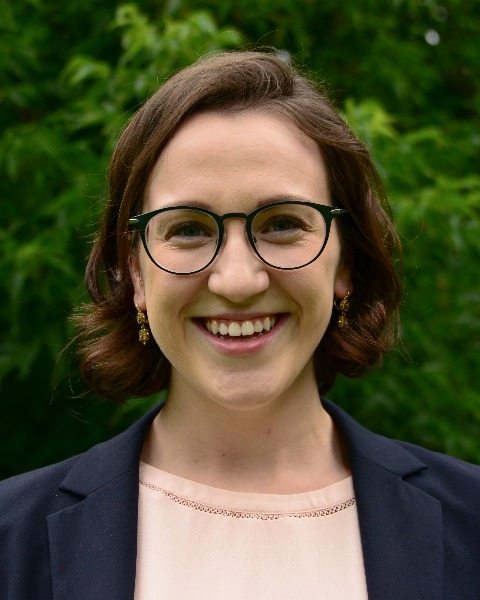Brief Oral Papers
Catatonia
Predictors of Mortality Following Diagnosis of Catatonia in a Medical Setting

Mariel Piechowicz, MD
Resident Physician
University of Pittsburgh Medical Center
Pittsburgh, Pennsylvania- AI
Alex Israel, MD
Assistant Professor of Psychiatry
UPMC Western Psychiatric Hospital
Pittsburgh, Pennsylvania 
Patrick Frailey, MD
resident physician
UPMC Western Psychiatric Hospital
Pittsburgh, Pennsylvania
Isabella Kratzer, MD
Child & Adolescent Psychiatry Fellow
University of Pittsburgh Medical Center
Pittsburgh, Pennsylvania
Jessica Fleischer, MD
Psychiatry Resident
UPMC Western Psychiatric Hospital
Pittsburgh, Pennsylvania.png)
Priya Gopalan, MD, FACLP (she/her/hers)
Associate Professor of Psychiatry
University of Pittsburgh Medical Center, Western Psychiatric Hospital
Pittsburgh, Pennsylvania
Presenting Author(s)
Co-Author(s)
Intro: While consult-liaison psychiatrists are most likely to encounter catatonia in a medical hospital, most catatonia literature examines acutely ill psychiatric inpatients (Rogers, 2021). There is limited literature regarding long-term outcomes, though overall prognosis appears to be linked to the severity of the underlying disorder (Funayama, 2018). This study aims to characterize long-term outcomes in medically admitted patients with a diagnosis of catatonia and identify variables that impact prognosis. 1. Rogers JP, Pollak TA, Begum N, et al. Catatonia: demographic, clinical and laboratory associations. Psychological Medicine. 2021:1-11. doi:10.1017/S0033291721004402 2. Funayama M, Takata T, Koreki A, Ogino S, Mimura M. Catatonic Stupor in Schizophrenic Disorders and Subsequent Medical Complications and Mortality. Psychosom Med. 2018;80(4):370-376. doi:10.1097/PSY.0000000000000574
Methods: After approval from our institution’s Quality Improvement Review Committee, we identified patients at our quaternary care facility who were diagnosed with catatonia by our psychiatry consult service between January 2019 and December 2020. Chart review will include demographic data, Bush Francis Catatonia Rating Scale (BFCRS) scores, maximum benzodiazepine dose, Electroconvulsive Therapy (ECT) treatment, etiology of catatonia, length of stay, and death within two years of initial consult. Individuals who died within two years of initial consult were compared to those who had survived at least two years. T-test was used to compare maximum BFCRS scores and benzodiazepine dose, and Fisher’s exact test was used to look for differences in treatment with ECT and etiology of catatonia between the two groups.
Results: Chart review and analysis is ongoing, with preliminary results describing 75 patients who met inclusion criteria for the final dataset. The average age of patients was 58 years old (range 21 to 91 years), with 60.5% female participants. 26% of catatonia diagnoses were related to an underlying psychiatric diagnosis, 52.6% to an identifiable medical etiology, and the remainder to both medical and psychiatric etiologies. 88% of patients had at least one lifetime psychiatric diagnosis. The all-cause mortality rate within two years of initial encounter with our service was 28.9%. Maximum BFCRS score (p=0.343), maximum benzodiazepine dose (p=0.653), and treatment with ECT (p=0.792) were not significantly different between patients who had died after two years compared to those who survived at least two years. However, patients deceased within two years were more likely to have a medical etiology of catatonia compared to those who survived in this timeframe (p=0.001)).
Discussion: This data fills a gap in the literature regarding the unique characteristics and outcomes of patients with catatonia seen in the inpatient medical setting, where the consult psychiatrist is most likely to encounter and care for this population. The high two-year mortality rate seen in this dataset reinforces the importance of developing predictive models for mortality among these patients, to drive better patient care and prognostication.
Conclusion: We hope this data leads to a better understanding of overall prognosis and factors impacting prognosis when working with catatonic patients and their families. We hope it will lay the groundwork for development of risk-stratification tools for assessing patients with catatonia in the medical setting.
References:

